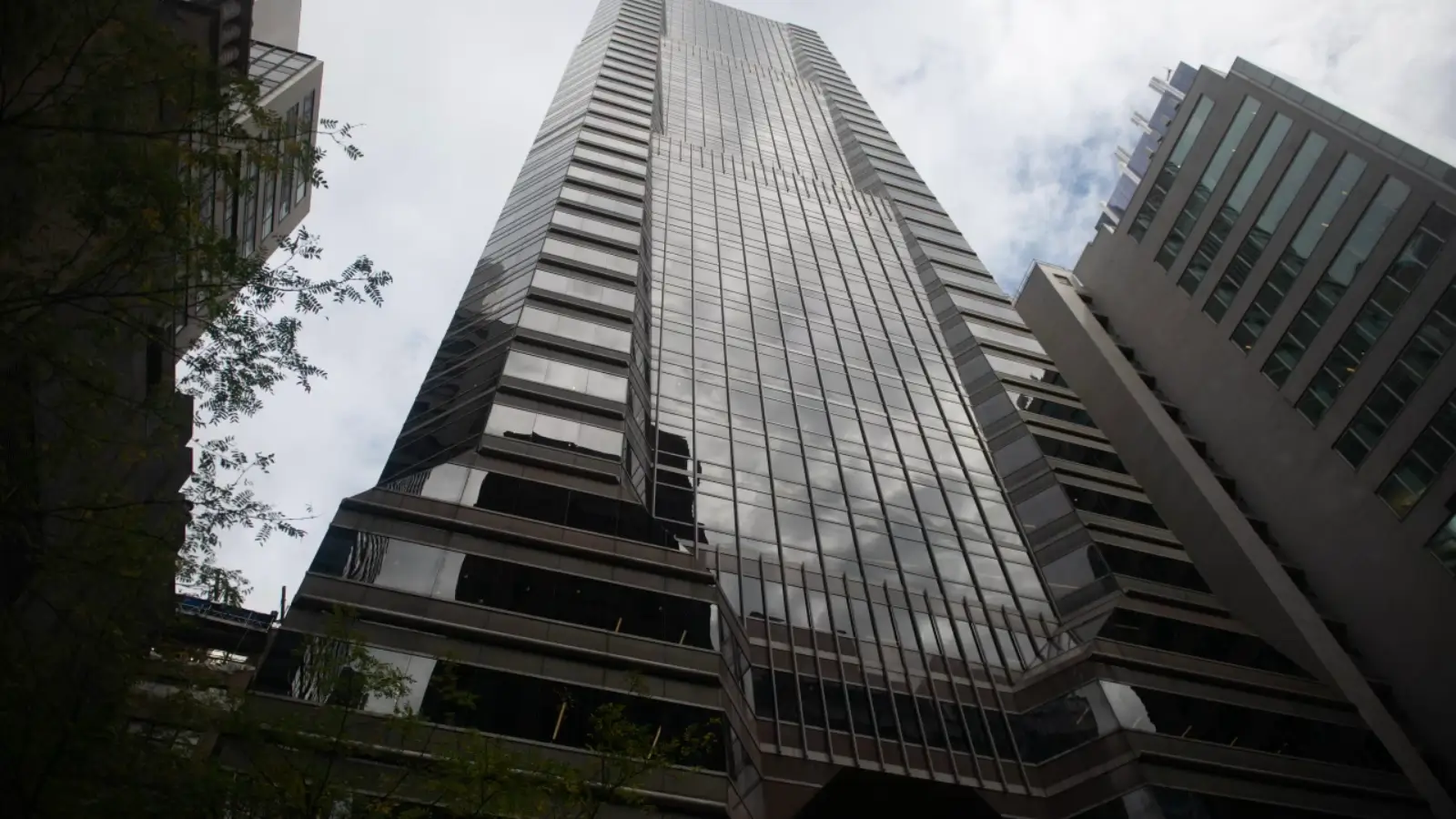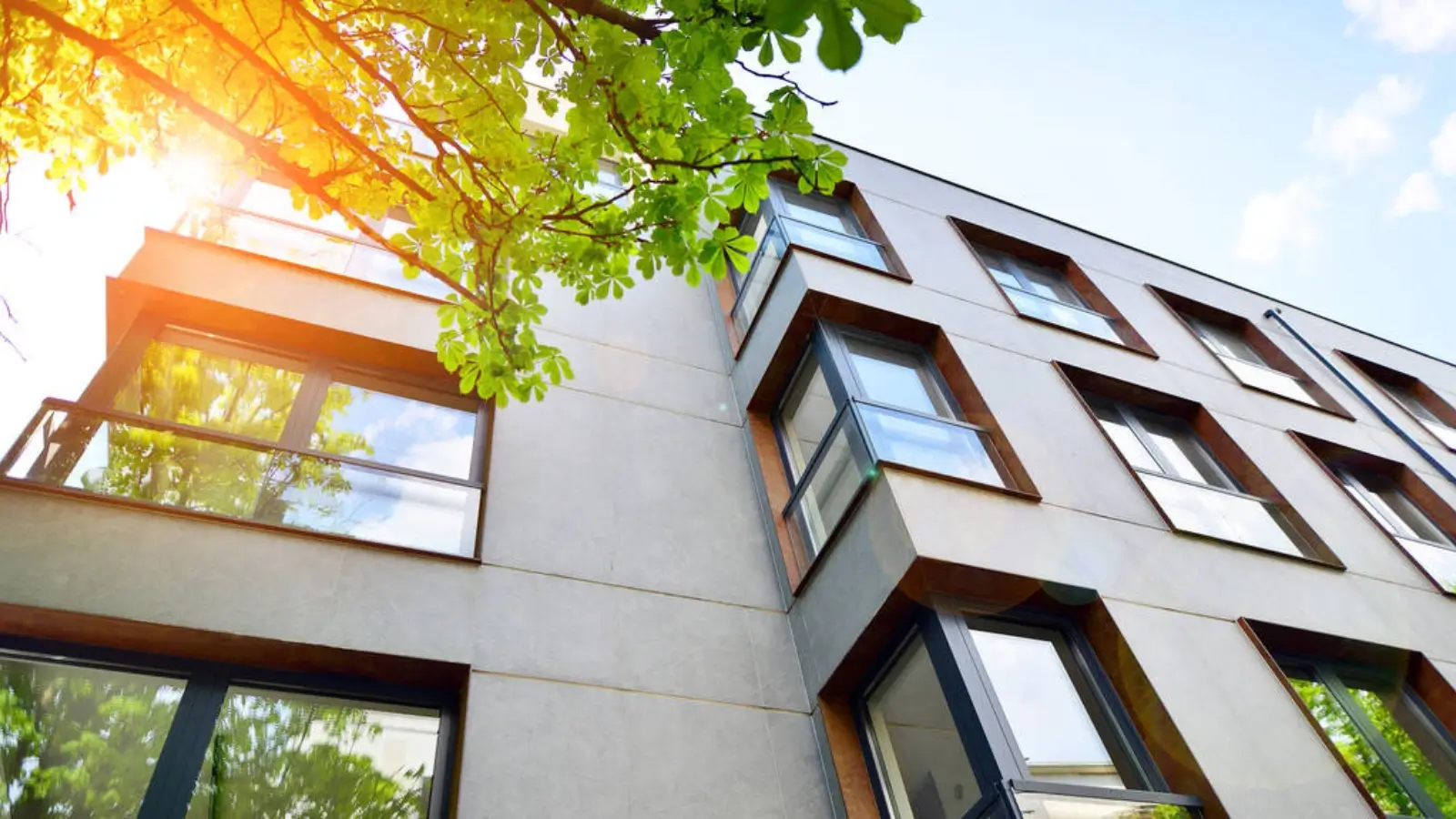


Maintaining a commercial property is about more than just the condition of the building; it’s all about the outdoor spaces that surround it (car parks, driveways, pathways, garden beds, and open land, ...), which play a vital role in shaping the appearance, functionality, and long-term costs of the property. Neglecting those areas can make the consequences quickly add up. As a result of poor maintenance, erosion can undermine foundations, dust can spread into workspaces, drainage issues can cause water damage, and deteriorating surfaces become expensive to repair.
The most effective solution is to take a sustainable approach that combines eco-friendly landscaping with durable hardscaping. By working with natural systems while reinforcing key structural areas, property owners can create attractive and functional grounds that require less maintenance and deliver long-term savings.
Every commercial site faces unique environmental challenges based on its unique geographic features. In areas with loose soils, strong winds can carry dust that impacts both air quality and building presentation. On the other side, sloping or unsealed land can erode during heavy rain, damaging surfaces and clogging drainage systems. Even well-built hard surfaces such as car parks and pathways can deteriorate quickly if the surrounding land is not managed properly by a professional & certified specialised team.
Neglecting these issues not only increases the need for frequent repairs but also puts staff, tenants, and visitors at risk. Uneven surfaces become trip hazards, poor drainage encourages mould and structural damage, and dust contributes to health and safety concerns. For property managers and owners, this means higher repair bills, more downtime, and lower overall asset value. The ultimate dust control solution for these specific areas is by consulting and maintaining with a local reliable company to solve outstanding issues.
Sustainable landscaping is designed to minimise intervention and allow natural systems to do much of the work in keeping outdoor spaces stable and healthy. Using locally suited vegetation, ground covers, and smart planting strategies can drastically reduce both maintenance requirements and environmental impact.
Native plantings and drought-resistant species are a simple but effective choice for commercial properties. They reduce the need for irrigation while stabilising soil and preventing erosion. Vegetation also improves air quality by trapping dust, which helps keep both interiors and outdoor areas cleaner. Mulching, strategic planting, and revegetation programmes further support soil health, ensuring that grounds remain resilient even during harsh weather.
By treating landscaping as part of a site’s natural defence system rather than just decoration, property owners can cut down on ongoing upkeep and create green spaces that are both practical and visually appealing. Surprisingly, an overlooked benefit of maintaining sustainable landscaping is the psychological impact. Green, well-kept outdoor areas improve the overall experience for staff, tenants, and visitors. Studies consistently show that people feel more relaxed, productive, and satisfied in environments that incorporate natural elements. For businesses, this means a healthier and happier workforce, which can translate into better productivity and stronger tenant retention.
By treating landscaping as part of a site’s natural defence system rather than just decoration, property owners can cut down on ongoing upkeep and create green spaces that are both practical and visually appealing.
While landscaping provides natural stability, hardscaping delivers structure, durability, and safety. Well-planned hard surfaces ensure that commercial properties remain functional and easy to navigate while reducing the risks associated with erosion and water damage.
Stabilised driveways and car parks are essential for high-traffic commercial sites. When treated with soil stabilisation or sealing methods, these surfaces last significantly longer and require fewer repairs. Retaining walls, pathways, and paved areas create strong, durable barriers against soil movement, ensuring that landscaped areas remain intact.
Drainage is another critical factor. Hardscaping elements such as channels, slopes, and permeable paving guide water away from buildings, protecting foundations and preventing costly structural issues. By investing in durable, well-designed hardscaping, property owners reduce ongoing maintenance needs and improve overall site safety. Importantly, sustainable hardscaping does not mean compromising on design. Permeable paving systems, for example, combine aesthetics with functionality, allowing rainwater to filter naturally into the ground. Decorative stone walls or feature pathways can enhance a property’s visual appeal while performing vital protective functions. By aligning durability with design, businesses can ensure that their properties remain both attractive and resilient.
The most sustainable and cost-effective approach comes from integrating both landscaping and hardscaping into a single strategy. When natural systems and built structures work together, the result is a site that is stable, resilient, and easier to maintain.
For example, a car park that is both stabilised and bordered with native vegetation will resist dust, erosion, and water damage. Retaining walls paired with plantings help slopes stay secure and reduce the likelihood of washouts. Even simple additions like combining permeable paving with ground cover plants create a balance between durability and environmental benefit.
This holistic approach not only reduces repair costs but also enhances the appeal of a property. Tenants, clients, and staff appreciate outdoor environments that are green, functional, and well cared for. At the same time, property managers save money through reduced upkeep, fewer callouts, and longer-lasting infrastructure.
When integrated properly, landscaping and hardscaping form a complementary system: vegetation softens and stabilises the environment, while hard surfaces provide structure and security. Together, they create commercial properties that are designed to withstand environmental challenges while projecting a professional image.
Eco-friendly landscaping and well-designed hardscaping are more than optional extras—they are essential investments for any commercial property maintenance project to reduce costs, extend asset life, and meet modern sustainability standards. By stabilising soil, controlling dust, improving drainage, and combining natural and structural solutions, property owners can create outdoor environments that are resilient, safe, and cost-effective.
Sustainable grounds not only reduce repair bills but also reflect positively on the businesses that occupy the property. They send a message of care, responsibility, and forward-thinking management—qualities that matter to staff, customers, and the community alike.